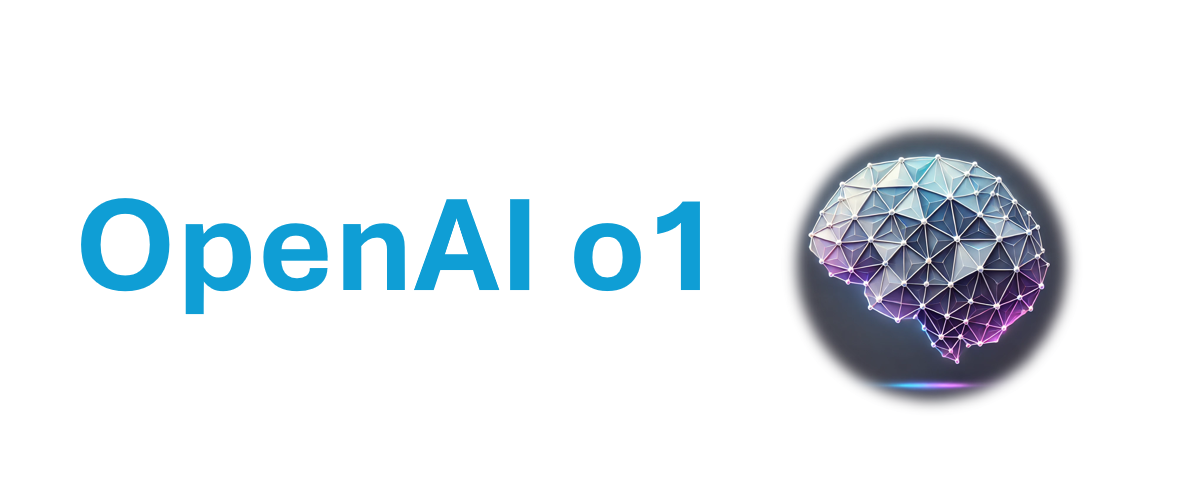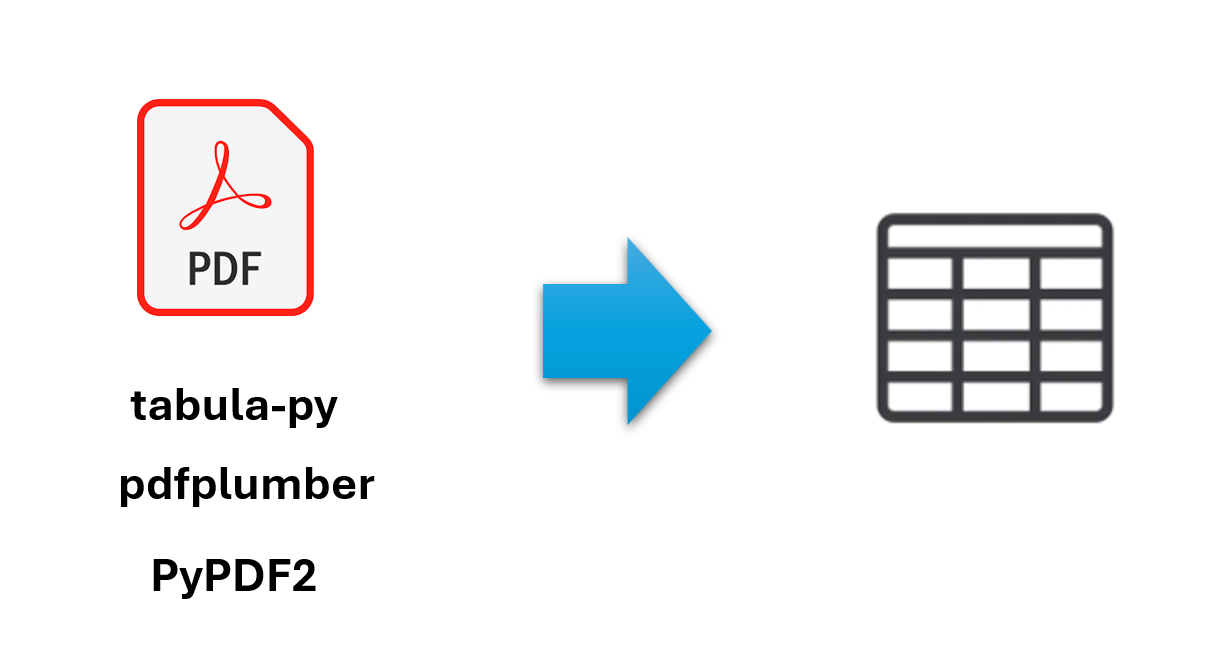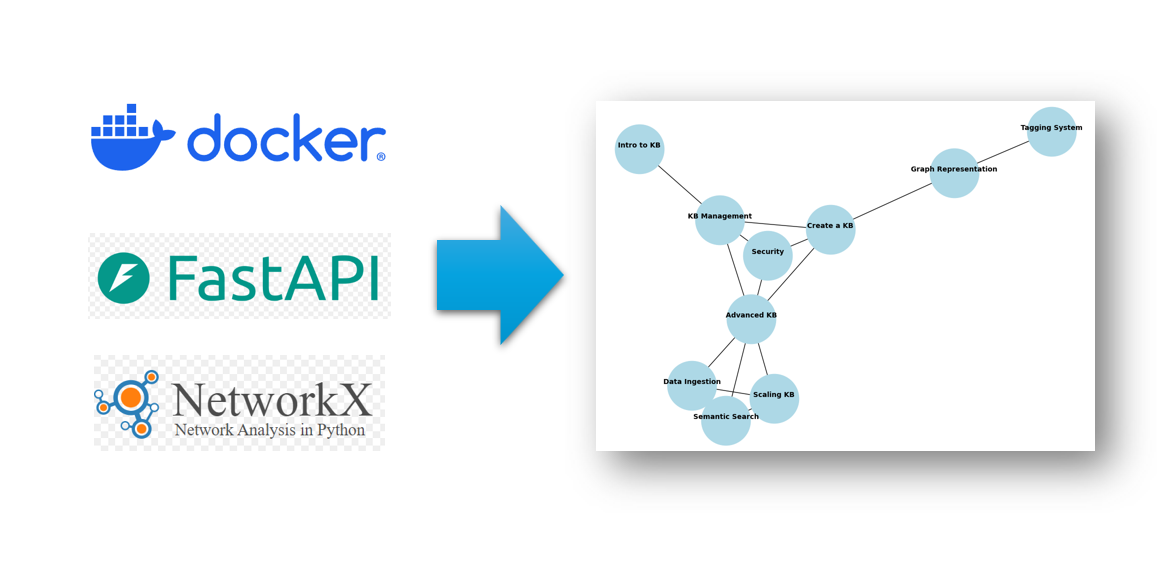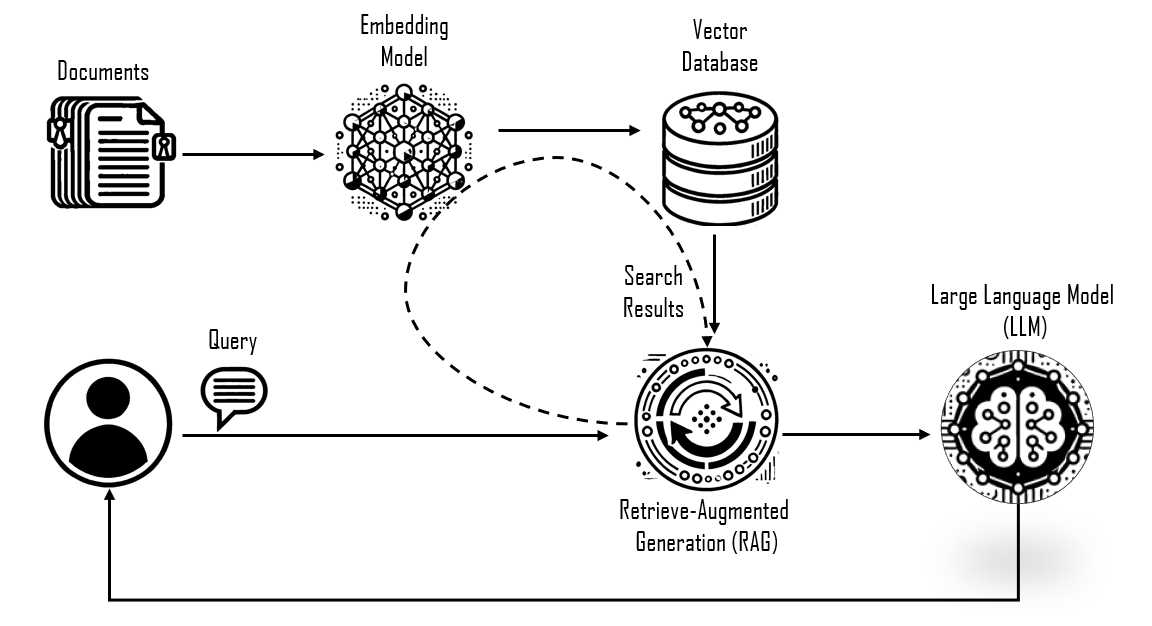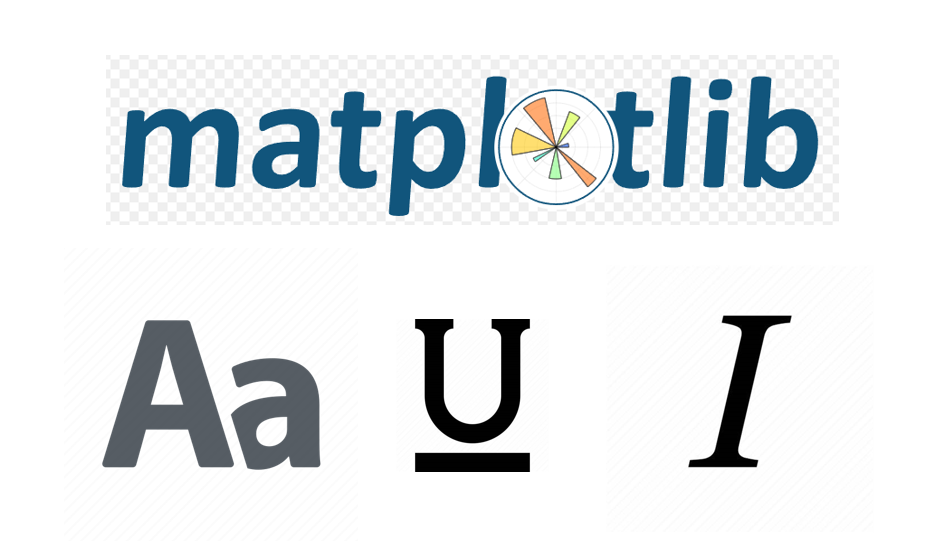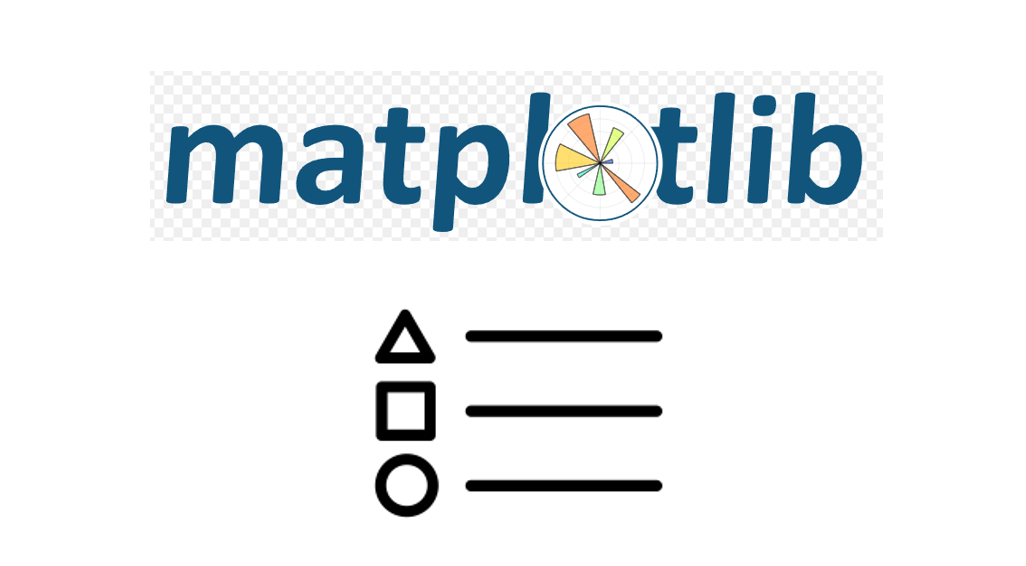Introducing OpenAI o1-preview: A New Era in Complex Reasoning
Table of Contents
Introduction
On September 12, 2024, OpenAI introduced its latest AI model series—OpenAI o1, featuring o1-preview and o1-mini. This new series represents a significant leap in AI capabilities, particularly for complex reasoning tasks, making it a powerful tool for developers, researchers, and STEM professionals.
The o1-preview model is designed to solve harder problems in areas like science, coding, and mathematics by simulating how humans think through difficult tasks. Alongside the o1-mini, a faster and more cost-effective variant, the OpenAI o1 series is now available for use in ChatGPT Plus, Team, and API platforms.
